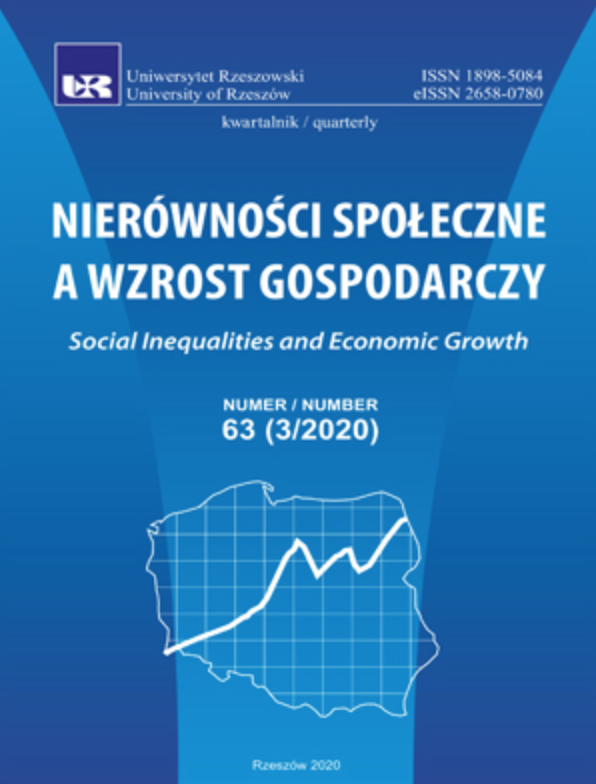The “Family 500+” programme and female labour force participation in Poland. Demographic and economic determinants
The “Family 500+” programme and female labour force participation in Poland. Demographic and economic determinants
Author(s): Krzysztof BartosikSubject(s): Micro-Economics, Public Finances, Socio-Economic Research
Published by: Wydawnictwo Uniwersytetu Rzeszowskiego
Keywords: child cash benefits; female labour supply; “Family 500+”
Summary/Abstract: The paper investigates the effect of child cash benefit “Family 500+” on the female labour supply in Poland, taking into account demographic and cyclical determinants. The study is based on theLabour Force Survey (LFS) and Polish Central Statistical Office quarterly data. The analyses cover theperiod of 2016–2018. The Labour Force Participation Rate (LFPR) is the measure of labour supply.The analysis uses a counterfactual method to determine the impact of demographic and behaviouralchanges on female labour supply. To identify the causes of the economic inactivity of women (adoptedby LFS), decomposition of the growth rate of economically inactive women is applied. The effect ofthe business cycle on female labour supply is analysed using OLS recursive regression.The study found that the LFPR of women aged 25–44 decreased after 2015. This was related tothe cash transfers under the “Family 500+” programme and the increasing number of economicallyinactive women by reason of “family and household responsibilities”. At the same time, changesin the demographic structure contributed positively to the LFPR of women aged 25–44, while thebusiness cycle did not have a significant impact on it. OLS recursive regression showed that in the25–44 age group, the introduction of “Family 500+” coincided with changes in the relationshipsbetween the LFPR, the percentage of the “discouraged”, economically inactive women by reason of“family responsibilities” and the unemployment rate.
Journal: Nierówności Społeczne a Wzrost Gospodarczy
- Issue Year: 2020
- Issue No: 63
- Page Range: 24-43
- Page Count: 20
- Language: English

